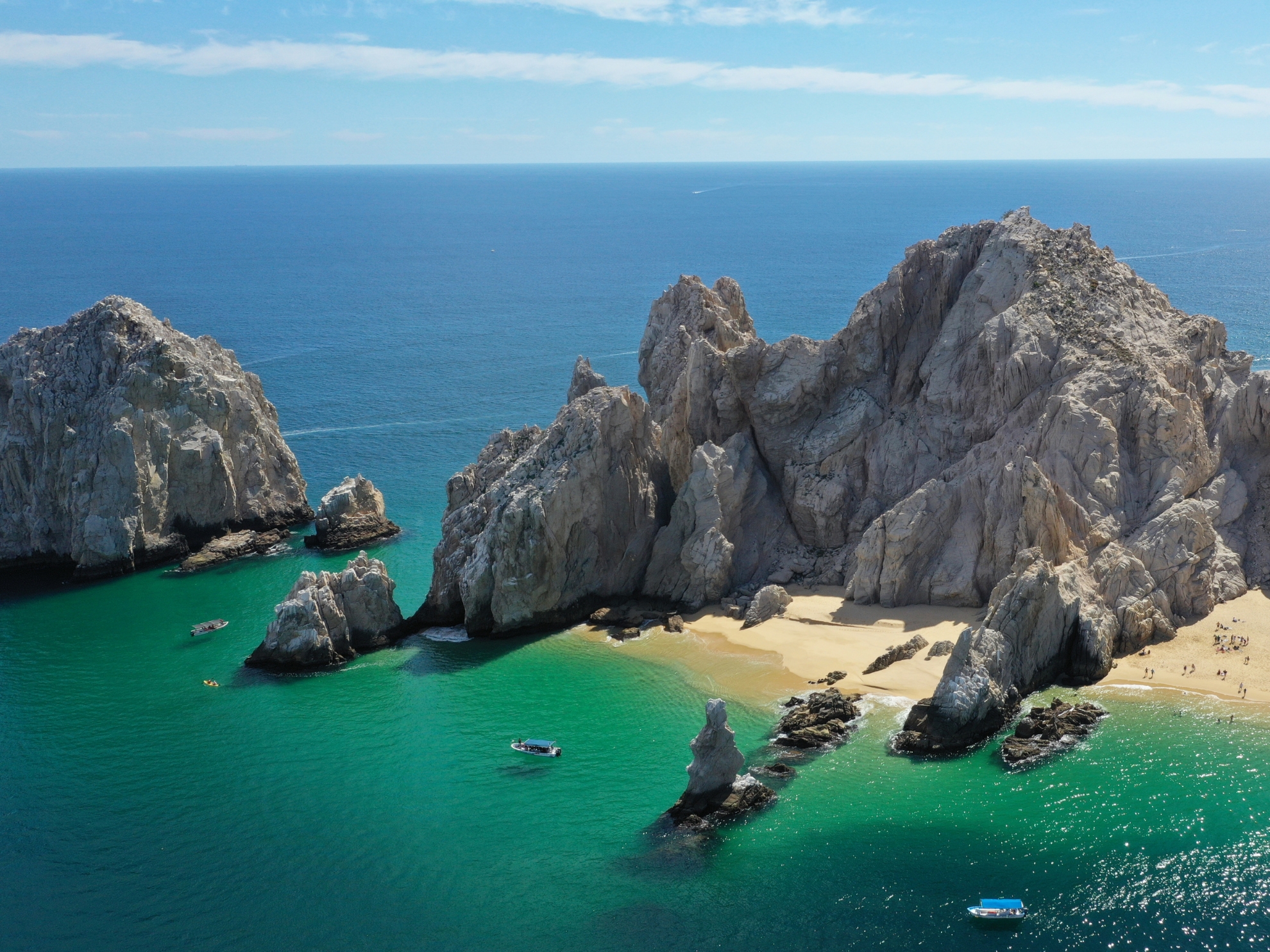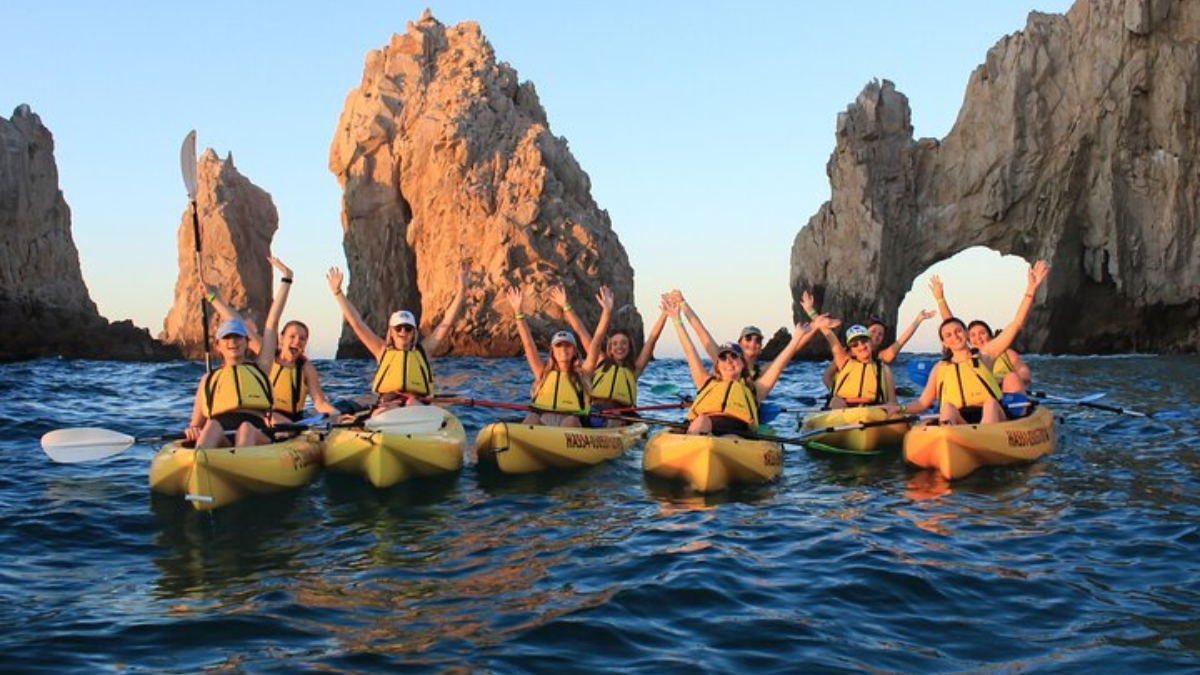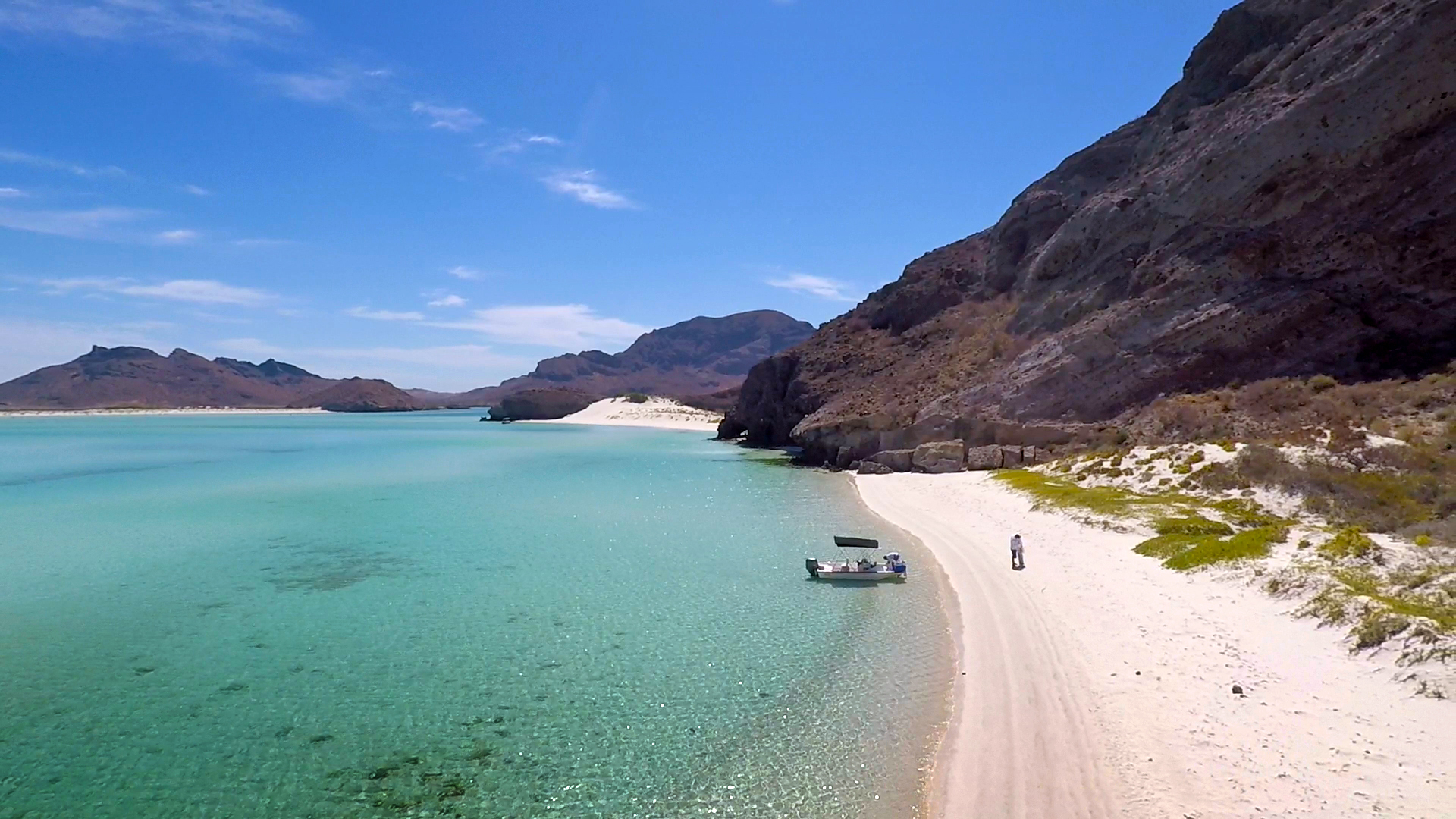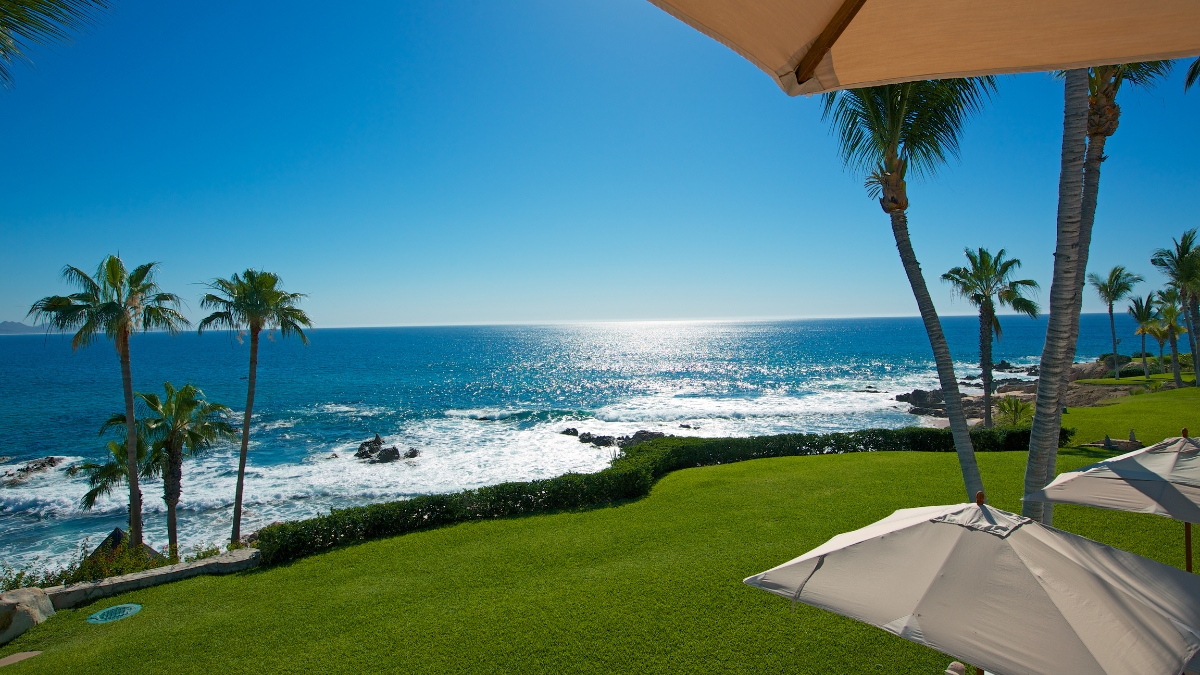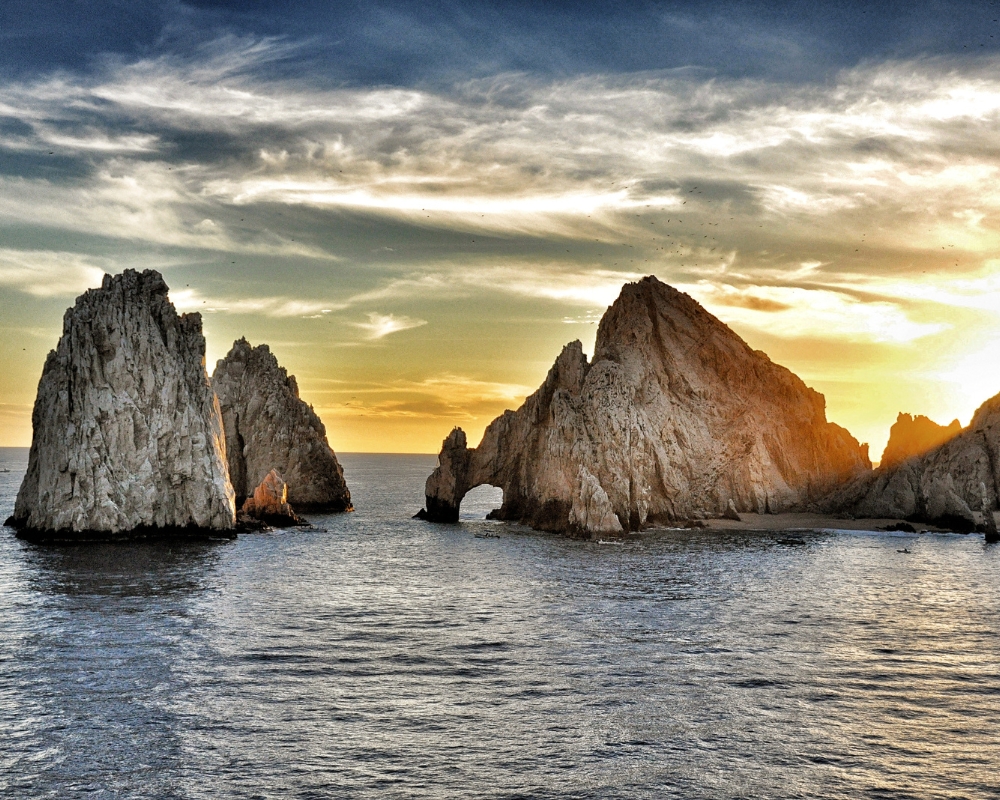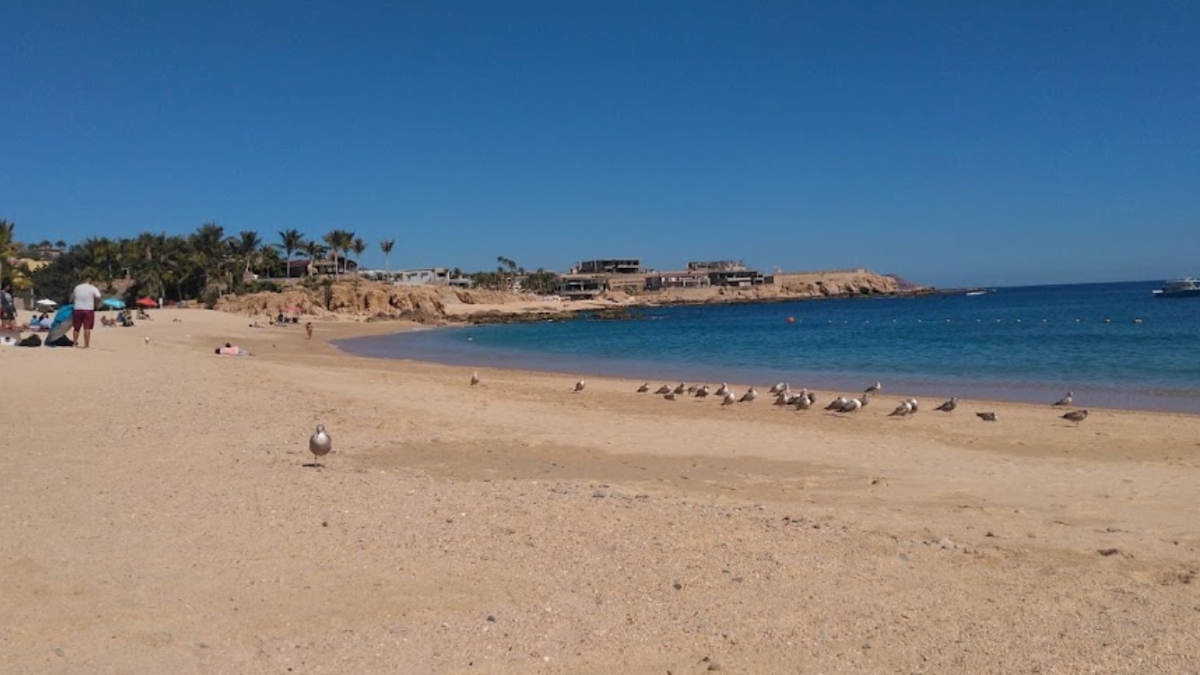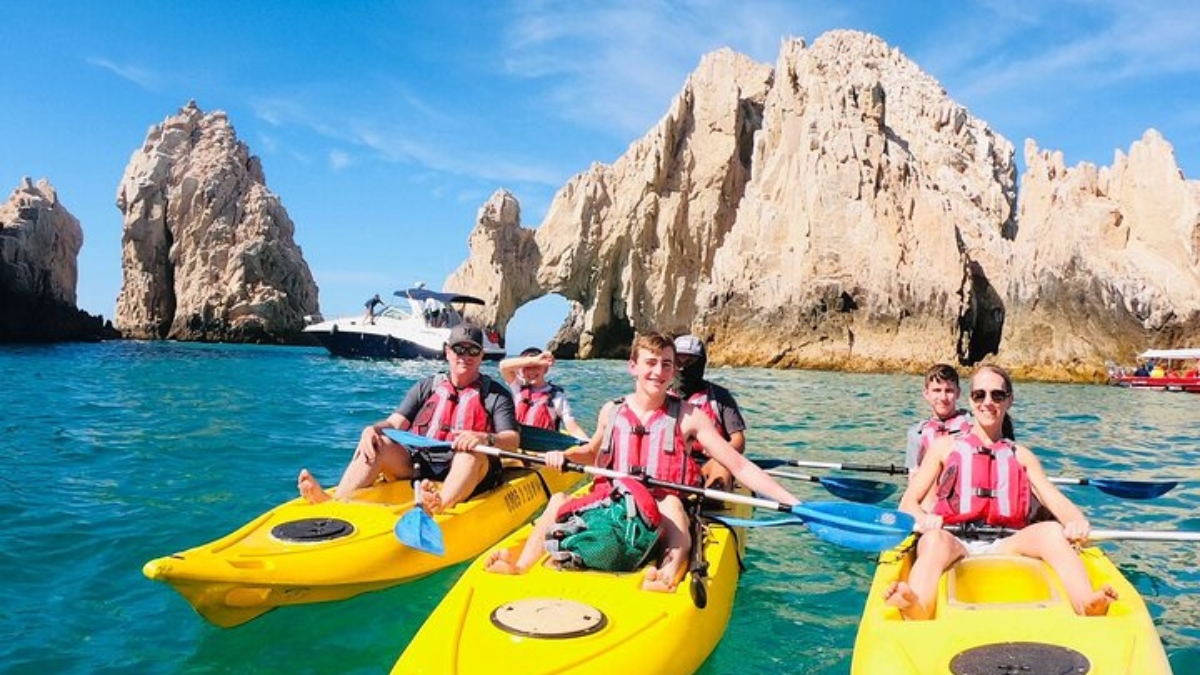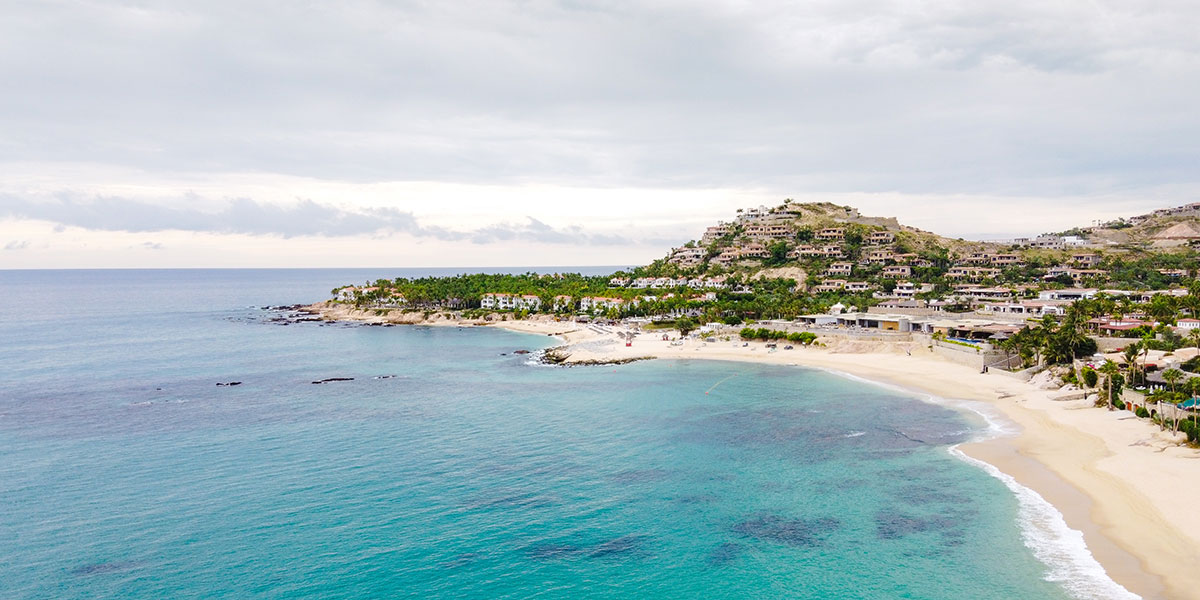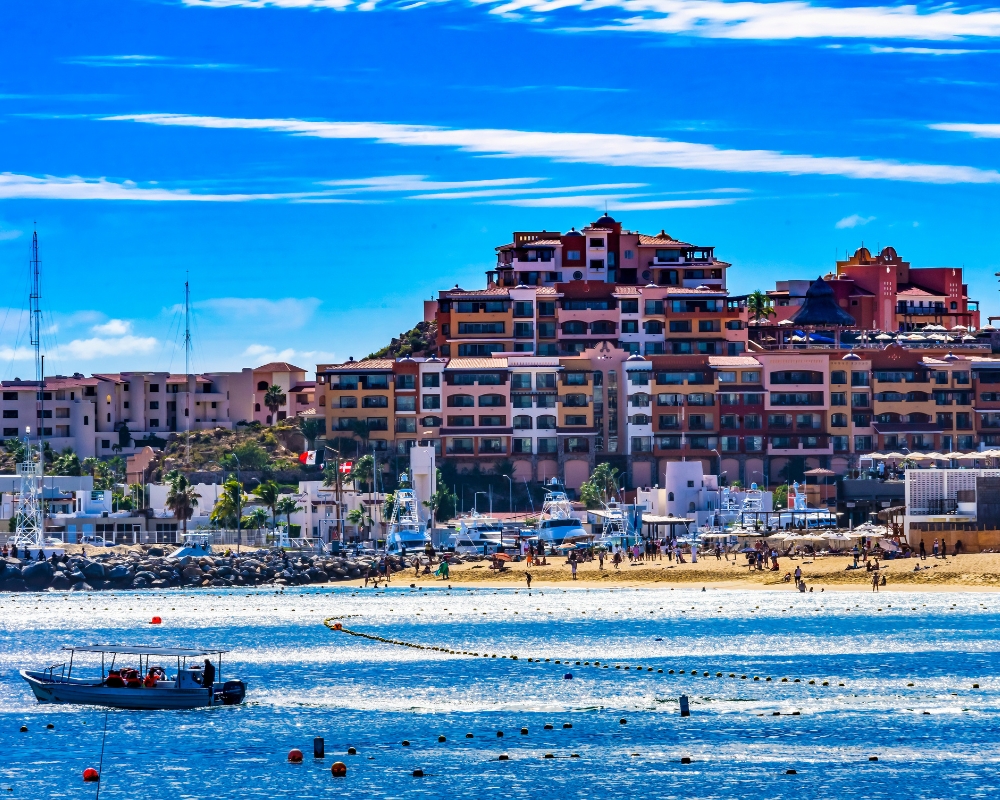You’re about to discover the Cabo San Lucas Marine Reserve, a sanctuary at the southern tip of the Baja California peninsula and the southernmost point of the North American continents. Recognized as one of Mexico’s premier scuba diving destinations, this marine reserve is a treasure trove for divers and snorkelers.
Location and Accessibility to Cabo San Lucas Marine Reserve
Imagine standing at the point where the mighty Pacific Ocean kisses the Sea of Cortez. That’s where you’ll find the Cabo Reserve, easily reachable by boat from the marina in Cabo San Lucas. This unique location is a geographical marvel and a gateway to underwater adventures.
Biodiversity of the Reserve
As you dive into the reserve waters, you’ll be greeted by a rich presentation of marine life. The biodiversity here is astounding, from playful sea lions to jaw-dropping whale sharks and graceful rays to shy turtles.
Eels slither from the rocks among many colorful fish species, many of which are safeguarded by the Mexican government due to their endangered status.
The convergence of two major ocean currents at the reserve creates a nutrient-rich habitat, fostering this unique ecosystem.
The importance of respecting the reserve’s rules and regulations to conserve the fragile ecosystem
Cabo San Lucas Marine Reserve Management Plan: This document discusses ‘Protecting Reefs in the Gulf of California,’ outlining the specific regulations of the reserve, such as no-take zones, fishing restrictions, and anchoring limitations.
The document cites relevant sections highlighting visitors’ actions to protect the ecosystem Earthjustice and the Smithsonian Team Up to Enhance Ocean Conservation Efforts.
Activities and Attractions
The reserve is a playground for water enthusiasts. Whether you’re a seasoned scuba diver or a first-time snorkeler, there’s something in every corner.
Scuba diving is the star attraction, thanks to some of the world’s most spectacular dive sites located within the reserve.
Lands End is a diver’s paradise at the very tip of the Baja California peninsula. Underwater rock formations create a surreal landscape inhabited by sea lions and manta rays passing by. But that’s just the beginning.
Dive sites like Pelican Rock, Neptune’s Finger, and Sand Falls each offer unique underwater experiences. From varying conditions to diverse ocean life, every dive is a new adventure waiting to be explored.
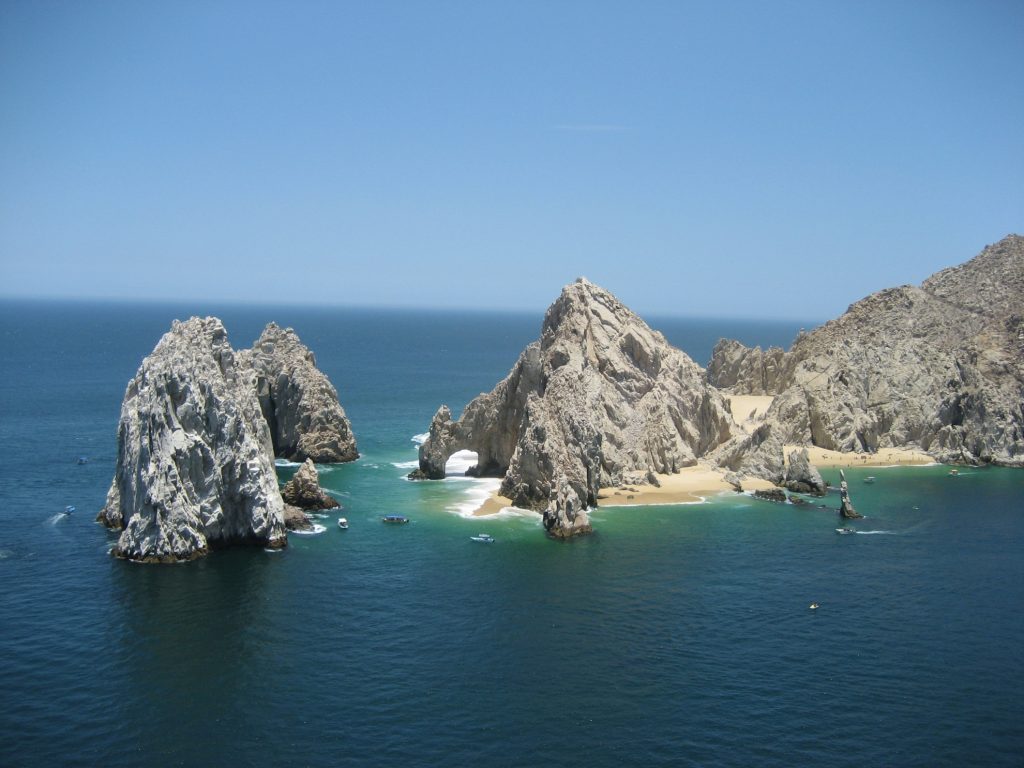
Cabo Marine Reserve Popular Snorkel and Dive Sites
Pelican Rock
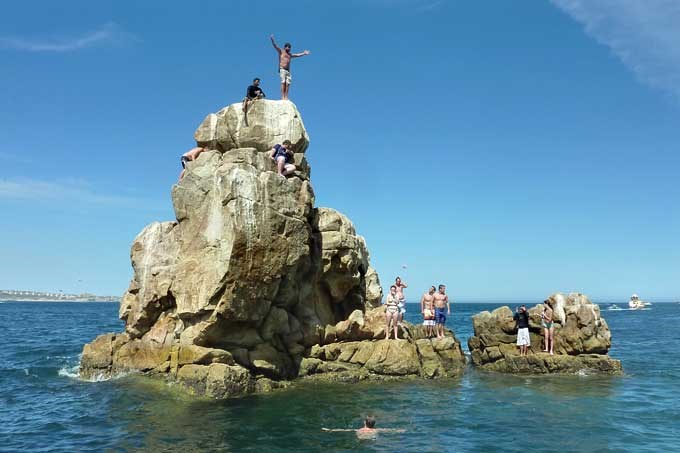
Step into the world of aquatic wonder at Pelican Rock, the gem nestled in the heart of Cabo Bay. This spot isn’t just a location; it’s an invitation to dive and snorkel into an experience that will leave you impressed and wanting more.
As you swim and float on the clear water, prepare to be captivated by an underwater kingdom brimming with life.
Pelican Rock isn’t just for the seasoned diver; it’s a sanctuary for anyone who cares to glimpse and explore beneath the waves.
The site is for everyone at any level. It doesn’t matter if you take your first snorkel adventure or descend into the depths to navigate canyons and caves. Pelican Rock adapts to your level of thrill.
Imagine swimming alongside sea turtles, witnessing graceful manta rays swimming by, and weaving through a vivid fish tapestry. It’s not just a dive; it’s an encounter with the heart of the ocean.
Once you are done, the serene shores of Lovers Beach and Divorce Beach await, offering a tranquil retreat under the golden Cabo sun.
Pelican Rock is more than a destination; it’s a journey into the aquatic soul of Cabo San Lucas. Find more information about Pelican Rock at the link. Click to discover more and begin planning your unforgettable snorkeling or diving adventure. Pelican Rock
Lover Beach
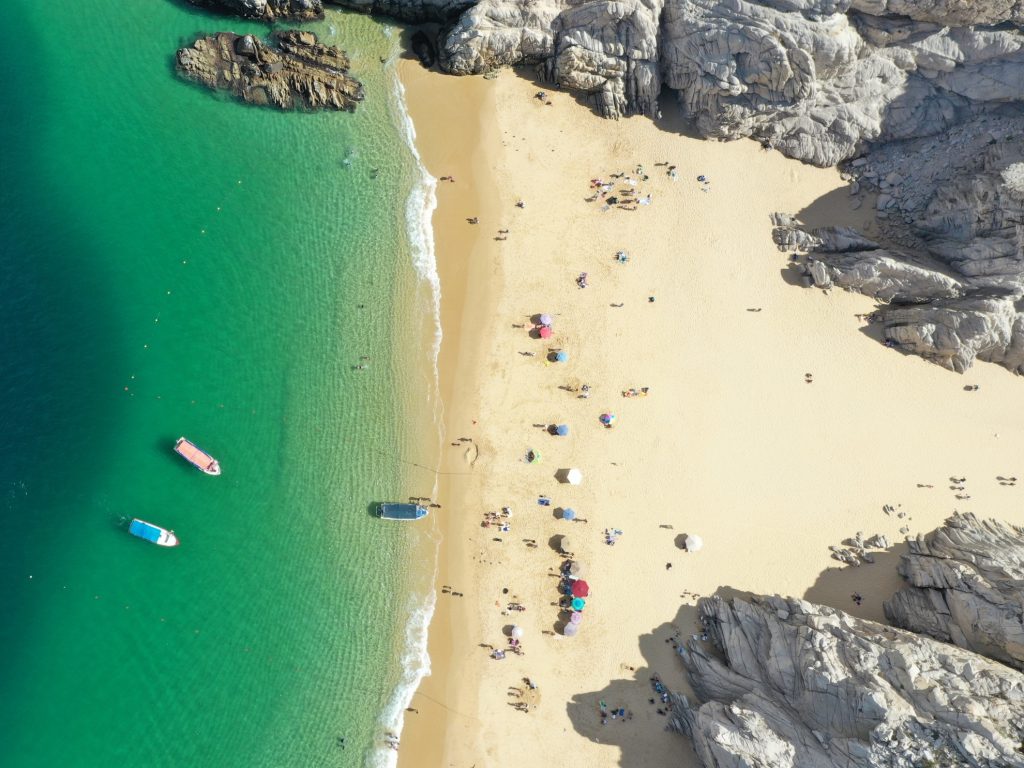
Escape to Lovers Beach, a secluded haven located amidst the breathtaking scenery of Cabo San Lucas Bay and Reserve.
At Lovers Beach, you can embrace the tranquil ambiance of this pristine beach, accessible only by water, and immerse yourself in its enchanting aura of natural beauty and inclusivity.
Venture into the crystal-clear waters for an exhilarating snorkeling adventure, or unwind on the soft sands and bask in the serenity of this secluded paradise.
Lovers Beach awaits you with open arms, promising an unforgettable experience. Click through to learn more and plan your idyllic escape to this captivating destination. Lover Beach
Neptun’s Finger
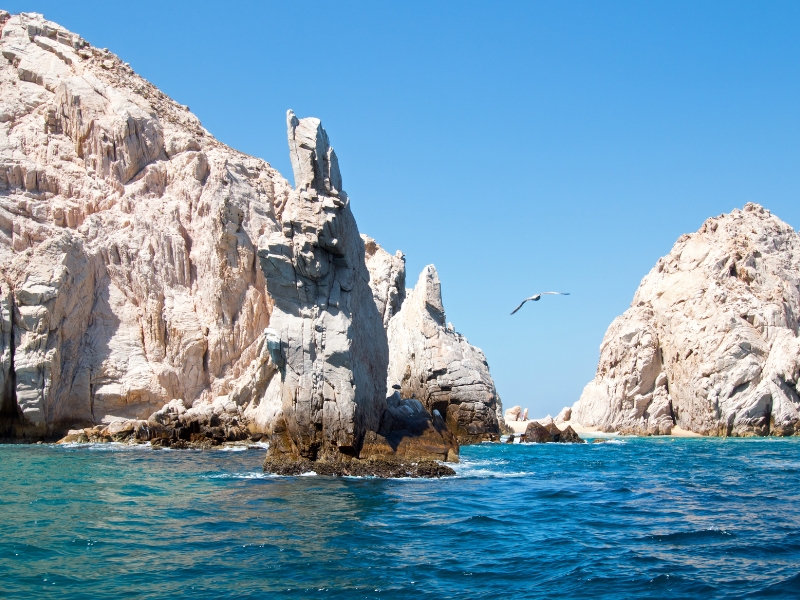
Just off Lovers Beach, come diving to embark on an exhilarating adventure at Neptune’s Finger. The rock is a captivating rock formation off the coast at Cabo Bay. Plunge into the crystal-clear waters and discover a mesmerizing underwater realm with vibrant marine life, landscape, and scenes.
Neptune’s Finger offers diverse diving experiences, catering to novice and seasoned divers. Explore the vertical depths of the underwater landscape through wall diving, or let the currents guide you along in a thrilling drift dive. For those seeking a more leisurely experience, snorkeling unveils the wonders of the underwater world just beneath the surface.
Beyond its underwater allure, Neptune’s Finger lies within the Cabo San Lucas Natural Reserve, 18m tall. Snorkeling around, you’ll quickly discover the interesting coral reefs and many marine species thriving in this protected area.
Embrace the thrill of underwater exploration and immerse yourself in the natural splendor of Neptune’s Finger. Click through to learn more and plan your unforgettable diving adventure. Neptune’s Finger
The Arch of Cabo San Lucas
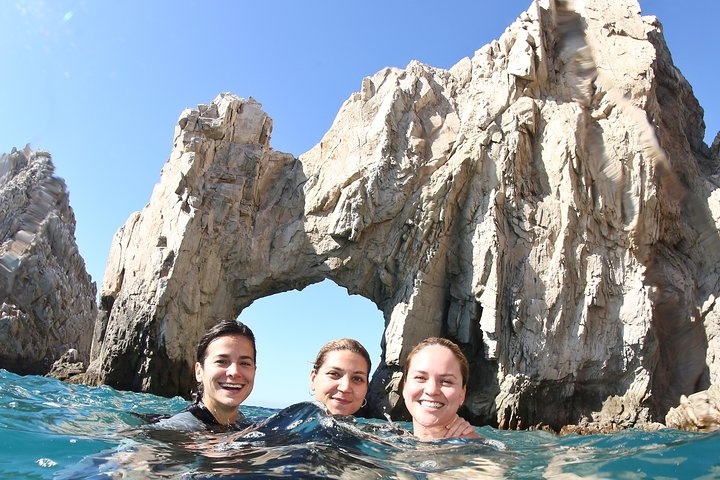
Standing as a majestic symbol of Cabo San Lucas, the Arch of Cabo San Lucas, also known as El Arco, is the well-known, captivating natural rock formation sculpted by the relentless forces of nature over millennia.
The Arch, nestled at the southernmost tip of the Baja California Peninsula, this awe-inspiring Arch marks the convergence of the Pacific Ocean and the Sea of Cortez, drawing visitors from around the globe to witness its grandeur.
The Arch’s allure extends beyond its visual splendor. Visitors can embark on exhilarating boat tours to marvel at its intricate details from proximity or immerse themselves in the vibrant marine life that thrives in its surrounding waters through snorkeling and diving excursions.
Whether you seek adventure or tranquility, the Arch of Cabo San Lucas promises an unforgettable experience, leaving an indelible mark on your Cabo San Lucas adventure. The Arch.
The Sea Lion’s colony
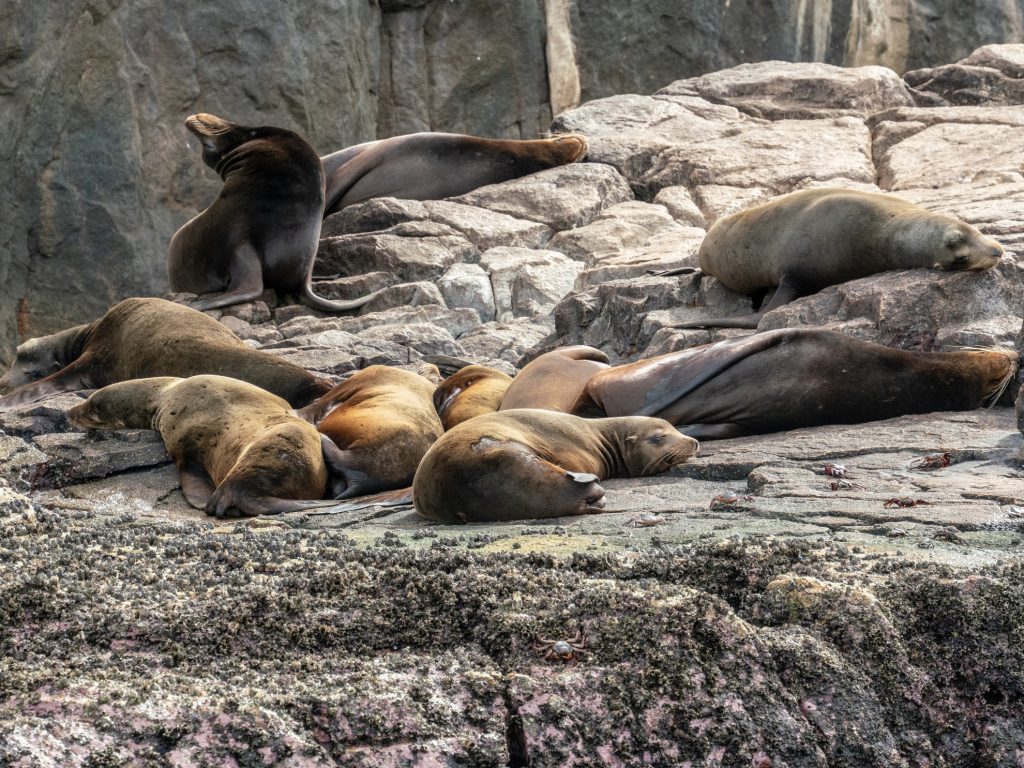
Next to the Arch, and if you are brave enough, embark on an unforgettable adventure to the Sea Lion Colony of Cabo San Lucas, where these playful marine mammals reign supreme.
Witness the colony’s enchanting social interactions as sea lions bask in the sun, engage in playful antics, and navigate the waters gracefully.
Experienced guides will share fascinating insights into these captivating creatures as you marvel at their underwater acrobatics.
If you are going diving during your safety stop, you can lay and look at the sea lions swimming around, coming and going, and having fun.
You can also take a guided kayak trip or go on your own. Stop at the colony, hear, smell, and even jump to snorkel. The Sea Lions are always entertaining.
Support conservation efforts to protect this thriving ecosystem and ensure the continued survival of the Sea Lion Colony. Click through to learn more and plan your unforgettable encounter with these charismatic creatures. Sea Lions Colony.

